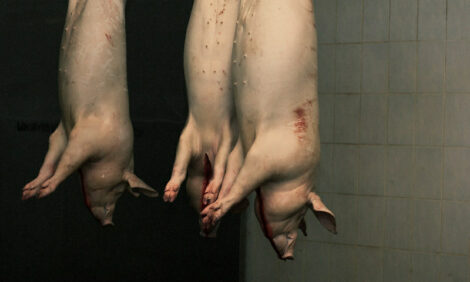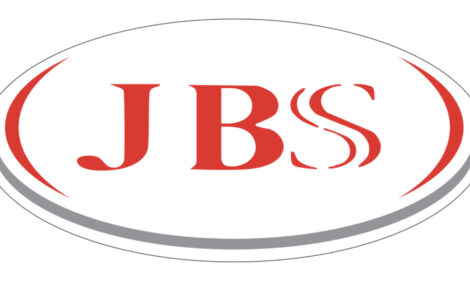



Pork Commentary: Crop Wildcard
CANADA - A USDA report last Friday estimated the US corn crop at a record 14.14 billion bushels for this crop year. A yield of 158 bushels per acre and an estimated 97.3 million planted. Planting delays in the Corn Belt continue due to wet weather (What happened to the drought?). When the “dust“ settled Friday on the futures, December Corn was down 12¢ to $5.29/bushel (near life of contract lows).On soybeans USDA estimated 2013 will have 44.5 bushel/acre yield on 76.2 million acres. The USDA estimated world stocks of soybeans will be quite high at end of year. October soybean meal closed 5.3 to $339/ton (near life of contract lows).
Our contention has been that hog supply (pork) year over year will decline through 2013. Lean hog prices year over year will be higher. The key to profitability for the swine industry is cheaper feed. Indeed it is most important factor. In our opinion the USDA crop report indicates US and Global supply of feedstuffs are setting up a scenario for lower cost of production. The wildcard is weather, a real wild card.
Other Observations
National Daily 53-54% lean hogs averaged 89.97/lb. last Thursday, up from the previous week’s $85.93/lb. (Up $8.00/head). A year ago 53-54% lean hogs were $78.73/lb. an increase of $22.00/head year over year. $22 per head increase! Obviously there is better hog demand year over year. Packers aren’t paying more to give charity to producers. Market conditions of supply-demand – competition is driving hog prices higher. Packers on cut-outs aren’t making money but whether it’s due to processing margins export margin and or shelf space competition the fierce enterprise system has packers chasing hogs.
A year ago the average National lean hog carcass weight was 210 lbs. A minimum 4 lb. carcass difference, but over 5 lbs. liveweight, lower for sure. This year has had cooler temperature that last year. Which in itself should increase weights not decrease. Hogs marketed per week has little change year over year. We see 2 factors:
The demand for hogs is pulling hogs ahead, packers are chasing supply and producers are co-operating to try to keep shackles full. In our opinion the reason hog supply is tightening is that last July sow herd liquidation started. 115 days and six months later in the hog life cycle is about now. Less hogs are a reality.
Another factor cutting hog weights could be the decline of Paylean use due to export restrictions put in place by China and Russia. Paylean definitely makes hogs heavier and leaner. To turn finishing barns on a production cycle it could be leading to lower hog shipping weights as Paylean use declines.
A packer last week who was trying to get affidavits signed by producers to declare they don’t use Paylean made the comment: “We need to get Paylean gone to make exports move, producers don’t like it but we have no choice, it’s a market reality for our plant.” When we see this there is no way we want to open up the Improvest issue (Chemical Castration vaccine). Try to explain Improvest to the pork buyers? We won’t be going there.
In the last while, Canada to USA early weans and feeder pig’s numbers have dropped about 20,000 a week year over year. We don’t think there’s more finishing capacity in Canada. The fewer small pigs is a reflection of fewer sows.
Genesus has a nucleus-multiplier in Southern Russia. We are seeing crops in moisture and warmth. The Southern Russia crop is well started.
Summary
Cash hog prices continue to gain strength, year over year lower hog weights and prices over $20 per head better. We expect over the next few weeks lean hogs will reach $1.00 (last Friday some lean hogs 93¢). The wildcard is feed prices but if USD and Chicago futures are correct, cost of production is going down over the next few months.







